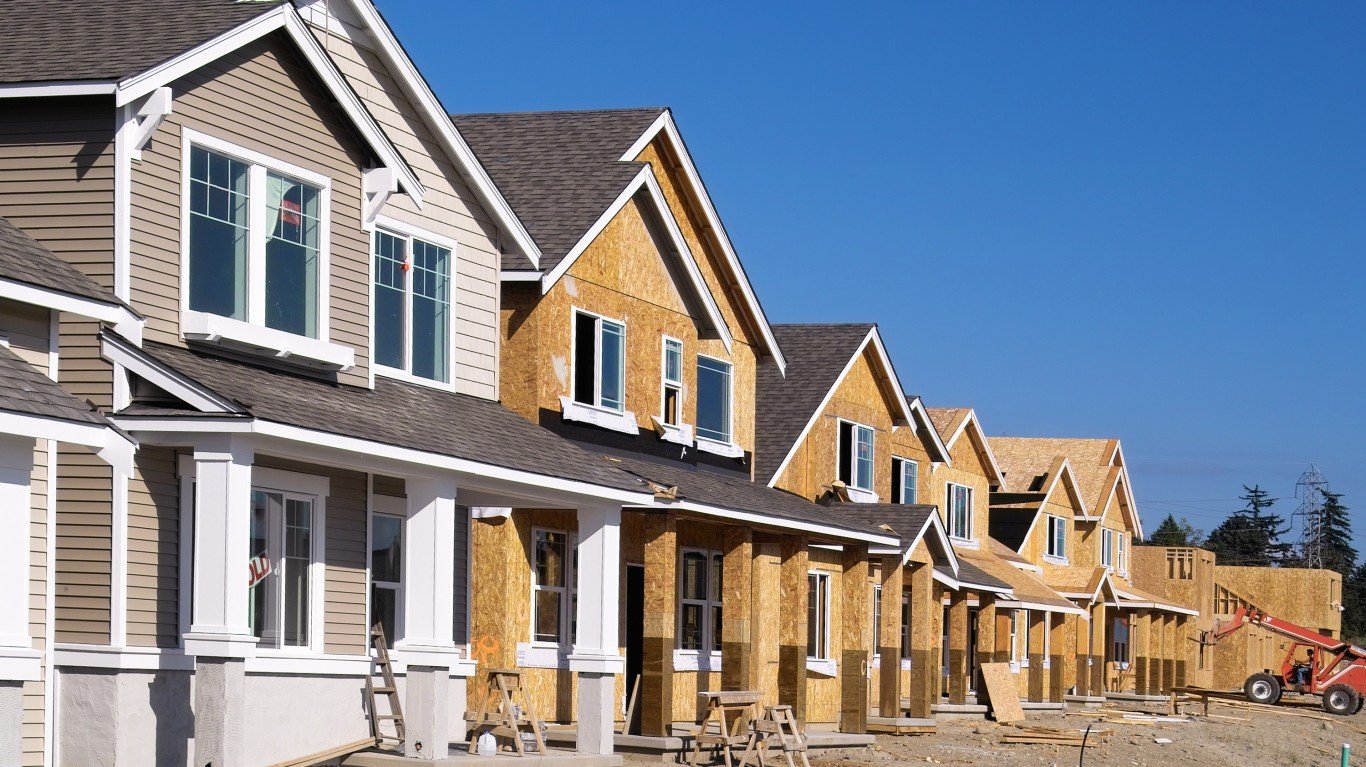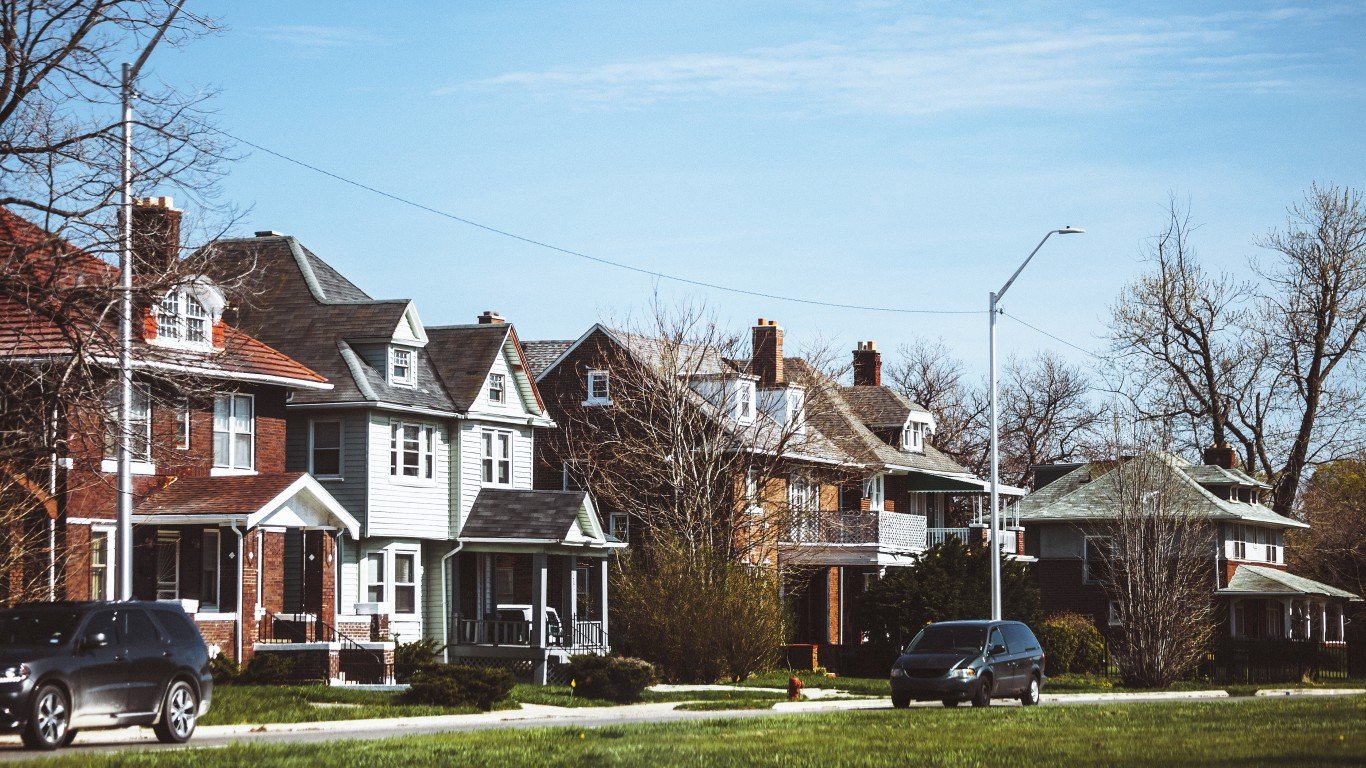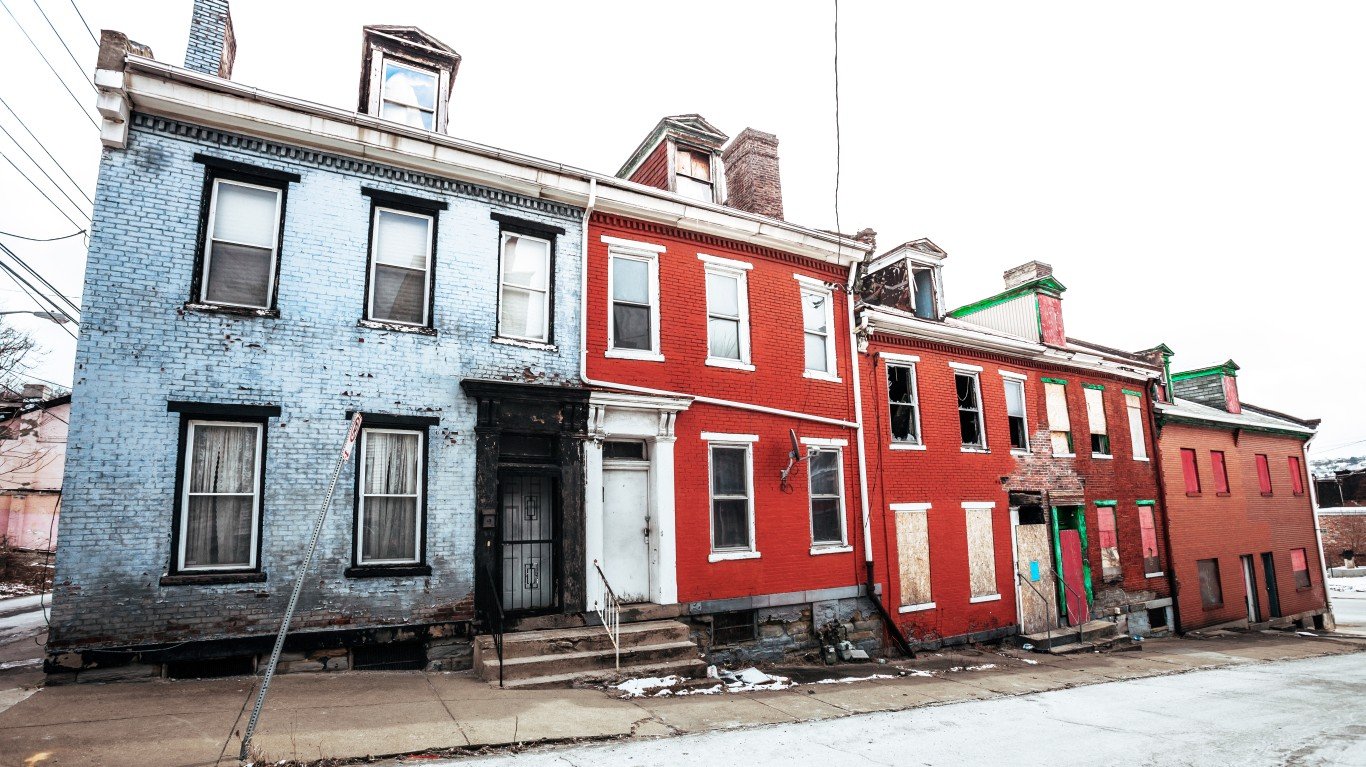

If you are still stuck deep into all those “recession is imminent” calls from a few months ago, note that a few things have changed for the better. Along with better news from consumers and employment data, housing has remained firm, and one group that probably has more insight into the housing market than the rest of us has just significantly upgraded its outlook for the housing market in 2020. Affordable mortgage specialist Fannie Mae now expects increases in residential fixed investment with a significant uptick in its research group’s forecast for new single-family housing starts and sales. While the term “significant” that was used in this report may be up for debate, that’s straight from the horse’s mouth.
Improvements in business fixed investment have contributed to upward revisions of fourth-quarter real gross domestic product forecasts. Ditto for 2020. Fannie Mae’s Economic and Strategic Research Group now forecasts fourth-quarter 2019 headline GDP growth of 1.8%, but it is forecasting full-year 2020 GDP growth of 2.1%. Both readings are up two-tenths of a point from their prior forecasts. The research team expects strong consumer spending to continue in the fourth quarter and as we move into 2020.
What stands out for the housing market here is that residential fixed investment grew more substantially than most components that make up GDP. This includes housing starts and other aspects of the housing sector, and the team has now moved its prior forecast of one rate cut by the Federal Reserve in early 2020 downward to reflect economic strength, and it is now forecasting no (interest rate) moves at all by the Fed in 2020.
Fannie Mae’s research group also expects that homebuilders will expand production as labor market conditions have strengthened and as consumer spending has remained strong. Supportive interest rates, as well as lower risks of a “significant near-term economic slowdown” are adding to the confidence.
Fannie Mae expected just a 1% increase in new single-family housing starts in 2019, but the group is projecting an acceleration up to 10% during 2020 and it ultimately sees single-family starts topping 1 million in 2021. That would be a post-recession high, but it’s still a far cry from the peak of about 1.7 million in 2005 and is still shy of the 1.2 million average seen during the late 1990s.
There may continue to be a lack of housing supply. Fannie Mae’s research team noted that tight home supplies and favorable mortgage demand are likely to put upward pricing pressure on home prices in 2020, while also boosting credit performance in the mortgage market. In short, housing affordability is expected to be an ongoing challenge for some potential borrowers.
While one research group issued a more cautious outlook for home prices and total home sales for 16 of the top 100 home markets in 2020 earlier in December, this report from Fannie Mae is much more optimistic, and downward pressure mentioned above is still just a minor percentage of the entire United States.
Doug Duncan, Fannie Mae senior vice president and chief economist, said of the 2020 outlook (and beyond):
Housing appears poised to take a leading role in real GDP growth over the forecast horizon for the first time in years, further bolstering our modest-but-solid growth forecasts through 2021. In our view, residential fixed investment is likely to benefit from ongoing strength in the labor markets and consumer spending, in addition to the low interest rate environment. Risks to growth have lessened of late, as a ’Phase One’ U.S.-China trade deal appears to be in place and global growth seems likely to reverse course and accelerate in 2020. With these positive economic developments in mind, we now believe that the Fed will hold interest rates steady through 2020.
Our expectation that residential fixed investment will function as an ongoing engine for growth is driven primarily by the improvement in our forecast for the single-family market. We now expect single-family housing starts and sales of new homes to increase substantially, aided by a large uptick in new construction as builders work to replenish inventories drawn down by the recent surge in new home sales activity. Despite the expected increase in the pace of construction, the supply of homes for sale remains tight and strong demand for housing is continuing to drive home prices higher, particularly in the more entry-level price tiers. This stronger price appreciation is also having the unfortunate effect of partially offsetting savings to potential homebuyers from lower mortgage rates.
Essential Tips for Investing: Sponsored
A financial advisor can help you understand the advantages and disadvantages of investment properties. Finding a qualified financial advisor doesn’t have to be hard. SmartAsset’s free tool matches you with up to three financial advisors who serve your area, and you can interview your advisor matches at no cost to decide which one is right for you. If you’re ready to find an advisor who can help you achieve your financial goals, get started now.
Investing in real estate can diversify your portfolio. But expanding your horizons may add additional costs. If you’re an investor looking to minimize expenses, consider checking out online brokerages. They often offer low investment fees, helping you maximize your profit.
Thank you for reading! Have some feedback for us?
Contact the 24/7 Wall St. editorial team.



